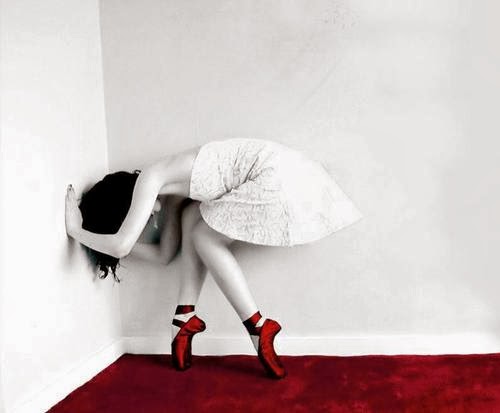Recently there’s been a heated debate regarding the
necessity of the British Museum to return the Parthenon Marbles to Greece. At
first, even though I’m a Greek classicist, I thought that the mere idea was
utopic. In no way could a big and important museum return any work of art. It would
set a precedent and as the majority of the artwork of important European
museums is “borrowed” or “purchased” under suspicious conditions, other
countries would claim their treasures.
However, a recent visit at the British Museum made me
change my mind. Even though it is a quite big museum with important exhibits,
it lacks sensitivity and sensibility in the way it chooses to present the artworks;
and this in not only uninviting for the visitor but also dangerous for the
artwork itself.
I witnessed a bunch of kids leaning against the lonesome
Caryatid displayed there. There was no security in the room and the kids were
apparently completely unaware of the fact that they were touching a 5th
century B.C. relic. The saddest part was that nobody seemed to notice.
I am certain this would have never happened in Athens.
Not because we are more careful than the British, but because we wouldn’t dare
damage anything related to our heritage. We know that the consequences for a
Greek not caring about such issues will be severe, whereas this is not the case
for others.
While I was looking at that lonesome girl I felt so sorry
for her. The women of Caryae according to Vitruvius were punished to carry the
weight of the building because they betrayed Athens to the Persians.
So, the British Museum Caryatid is not only cursed. She was
kidnapped and separated from her partners, carried away to a cold and gloomy
country, hidden in a basement-like room, all alone, contemplating a pillar
instead of the majestic view of Athens from the Acropolis.
These six young women are part of the south side of the
Erechtheion, the most sacred temple of the Acropolis, dedicated to Athena,
Poseidon Erechteus and Cecrops, the first king of Athens. It is believed that
the “Korai” (girls) were offering libations— honorary offerings of honey and milk
or water— at the tomb of the mythical king. Lord Elgin removed one of the girls
in 1801 when Greece was under Ottoman rule. Now, her sisters are waiting for
her, all cleaned up, in the sunny and shiny Acropolis Museum.
It is already depressing that they are waiting for her in
vain, but it’s even more depressing that her “hosts” don’t treat her as they
should. This would have never happened in Greece, Zeus forbids maltreating
guests.



_(3473087694).jpg)